It may not be for the right reasons, but Iran could be the world's most talked-about nation today! Are nuclear missiles really the whole story, though? Whether it's Iran's Ayatollahs, President Hassan Rouhani, or another figure within the Islamic regime running things, one thing is clear — most people only know Iran through the headlines.
Because many may imagine veils, mosques, desserts, and women donning hijabs, it might be surprising to see that the Middle Eastern nation shares plenty of similarities with the Western World. The truth is, Iran is a nation where east and west meet in the most unexpected of ways!
Persia Or Iran?
First things first: The name! On the Iranian New Year ("Nowruz") of 1935, ruler Reza Shah Pahlavi asked foreign delegates to use the term Iran, in all formal correspondences. Since that time, the use of the word "Iran" has become more common, at least in the Western World.
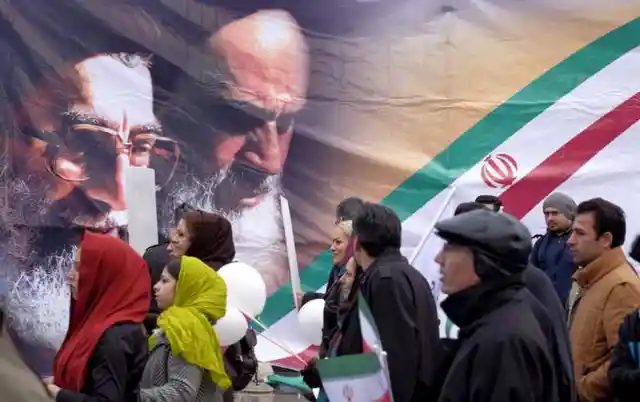
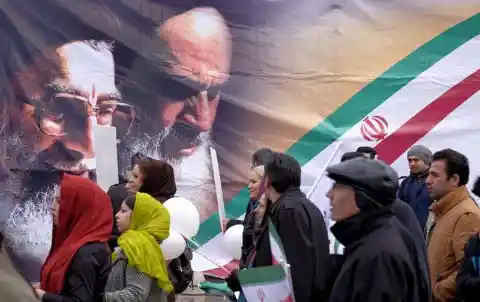
Following the 1979 Islamic Iranian Revolution, the Islamic Republic of Iran became the country's official name by referendum. But what does it really mean?
The name "Irān" means "land of the Aryans" in ancient Persian. The term "Persian" on the other hand, is a name given by outsiders. Iranians never historically referred to Iran by that name. Who knew, really?
Read on to see the secrets of life behind the veil in modern day Iran!
The Government Pays For Your Wedding
Weddings cost a fortune in many places around the world, and Iran is no exception. Due to the high cost of weddings, some in Iran began choosing not to marry at all. Ruh roh!
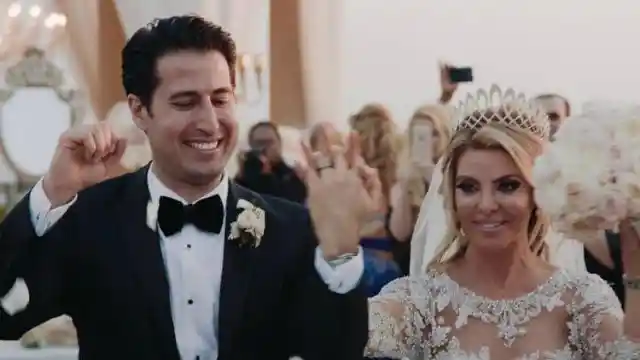

Clearly, this could not stand. In response, the Iranian government set up an annual fund of $720 million to reduce and cover the cost of spouses-to-be if they choose to have a traditional Iranian wedding. Nice!
But there were strings attached: Couples also need to attend an hour-long lecture on contraception in order to get a marriage license in Iran. Sex ed, better late than never!
Happy Holidays
Iranians enjoy one of the highest number of public holidays anywhere in the world. But these 25 official celebration days may be deferred on a year to year based on the calendar used. Sounds confusing, but they're used to it!
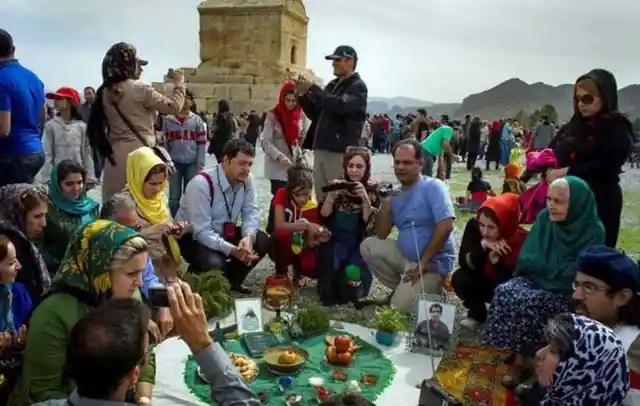
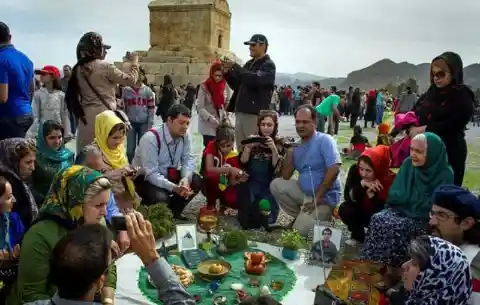
To be clear, the country uses three official calendars. But it's not left to the public to do the math: Muslim clerics are tasked with calculating the dates for religious holidays, like Eid al-Adha. Secular holidays are plentiful too, like the Anniversary of the Islamic Revolution, Islamic Republic Day, Khordad National Uprising, and Oil Nationalization Day. In Iran, the whole year looks pretty full!
Language Of The People
It might come as a surprise to some, but unlike its neighbors, the official language in Iran is not Arabic! Indeed, Persian is the order of the day. A not-so-secret secret: The locals really call the language Farsi.
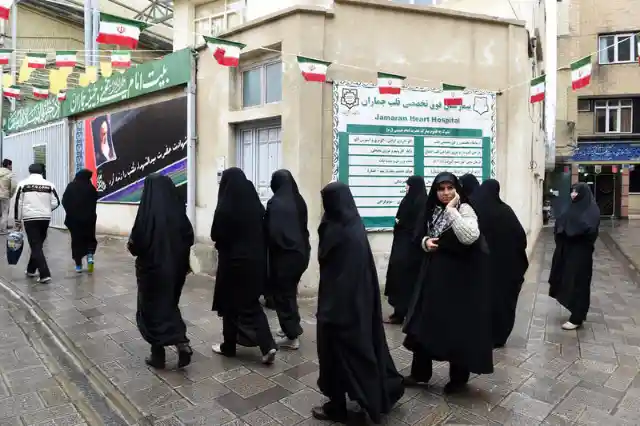
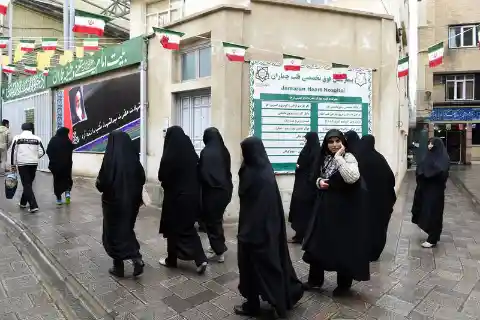
Interestingly, this language is not restricted to Iran. Farsi is spoken by 110 million people worldwide, especially in central Asia. Additionally, the country has several other local tongues, including Azerbaijani, Kurdish, Gilaki and Mazandarani, Lurish, Arabic, Balochi, Tati and Talysh, Turkmen, and others. It sounds complicated for a government office or a bank! Yet somehow, everyone seems to manage. Very impressive, indeed!
Young People Hold The Balance Of Power
With more than half of Iran's 82 million citizens under 35 years old, Iran has one of the youngest populations in the world. What does that mean for the future of this conservative republic in the age of Instagram?
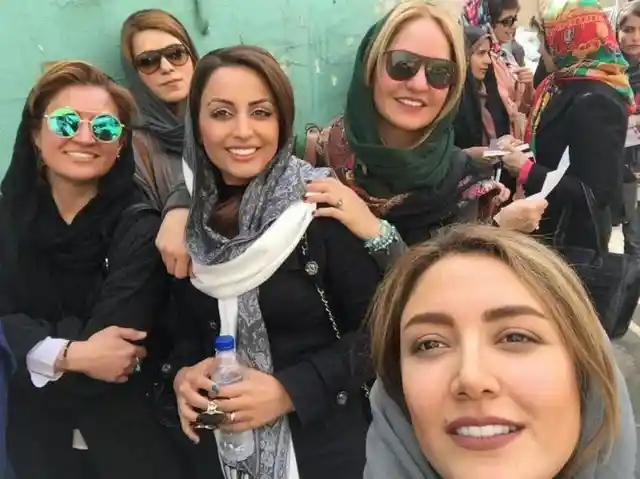
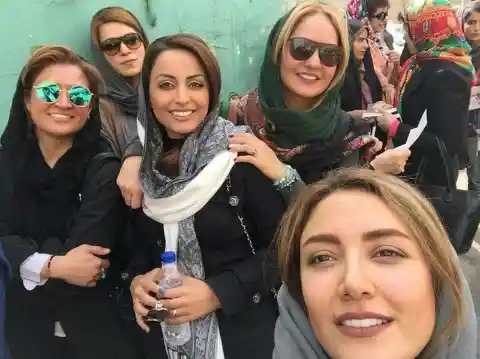
A good question and only the future will answer this quandary for sure. But the data is out on the median age in Iran, currently 30.1 years. Legally, young people are given voting rights pretty early in the country. Officially, anyone can vote starting at the age of 15. But is participation high? Iran's interior minister recently announced that voter turnout in the 2020 parliamentary elections was at a historical low, the lowest since the revolution. Interesting, indeed!
Eating The Right Way
It is common to see Iranian families dining while sitting on the floor. This is particularly true at dinner time in large families. Iranians also tend to eat with their right-hands rather than using any utensils. Different strokes for different folks, as they say!
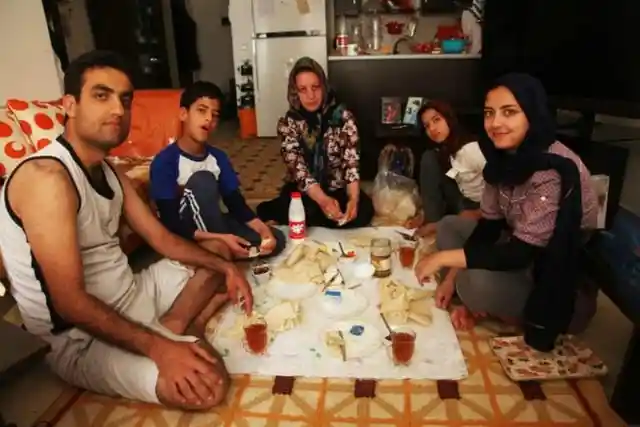
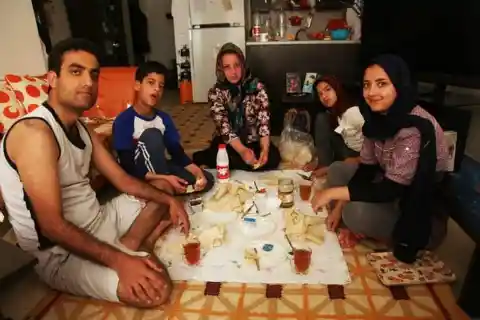
Or in this case, different samples for different palates. It is customary to be told where to sit and try a little of everything which is served. And it's not a small selection! Pro tip: Don't even think of eating before arriving at an Iranian family meal. Underestimating the feast is a rookie mistake! The experience is worth the wait. More on that, very soon!
Divide And Conquer?
According to UNESCO, Iran's literacy rate was just 37% in the 1970s. That doesn't sound like a good foundation for a functional democracy, does it?
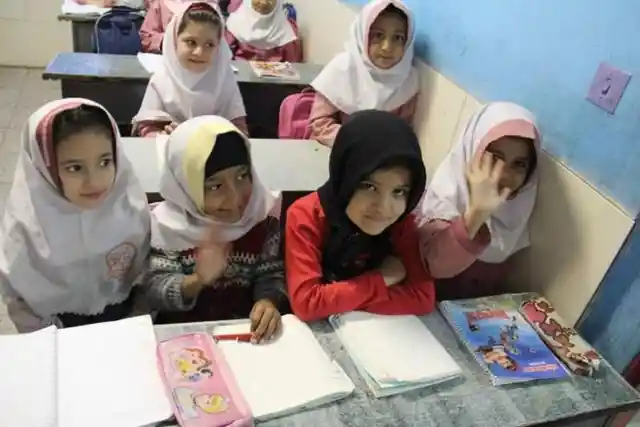
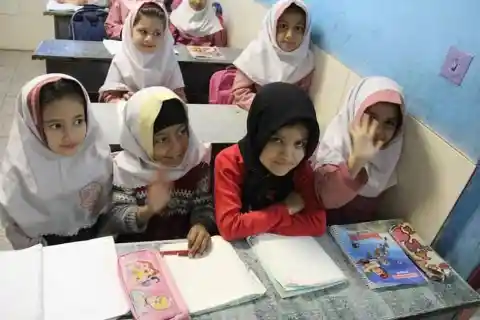
Indeed, leaders felt it was not a good basis for modernity at all. With the 1979 revolution, the existing schooling system was overhauled. What was the biggest change? Officials began the Islamization of the education system, with segregation by sex. They also began issuing textbooks in line with Islamic views, and began teaching far and wide. By 2015, the literacy rate stood at 93% — very impressive, by any measure! But the question remains: Has the population really accepted the social changes that came with the improved education? Some data suggest discontent!
Tied Down
Following the 1979 Iranian Revolution, western symbols were frowned upon. For example, no one will see an Iranian wearing a tie today, even to a job interview. Tie haters out there might cheer that one on, actually!
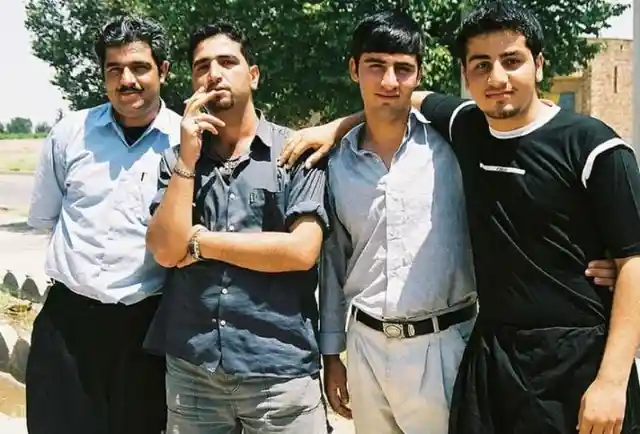
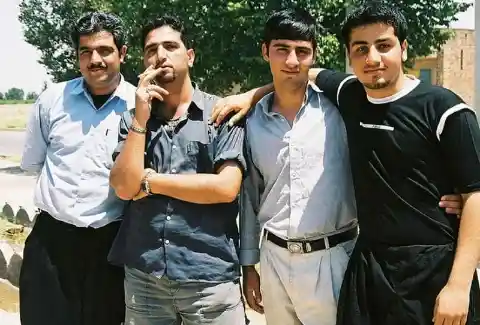
Of course, this doesn't mean the locals don't like to dress up. On the contrary, people do dress up in tie-less suits, and Islamic garb. It's easy to find belts, button-up shirts, and European watches, though. It's not clear why certain items originally went out of vogue. Will attitudes towards ties change anytime soon? Perhaps with social media and globalized fashion, there will be new trends!
UNESCO World Heritage Sites
Home to 23 UNESCO World Heritage site (and counting), Iran has a rich and storied history. Many may be aware that Persia is one of the world's oldest civilizations, even if the government keeps changing.
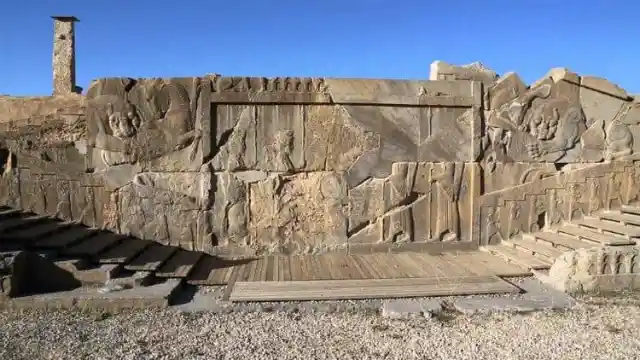
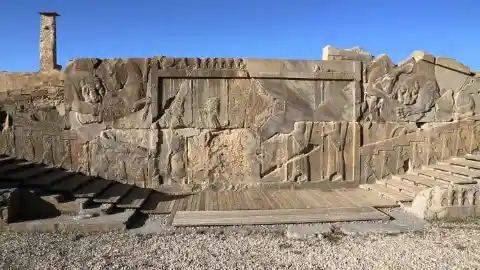
The Persepolis was the ceremonial capital of the Achaemenid Empire in the years 550–330 BCE. It was built under the instructions of Darius I, also known as Darius the Great. As the third king of the empire, his rule lasted for 36 years. Did he waste time, distracted by decadence like many ancients? No, the Persian Empire reached its peak during his reign! Today, monuments tell the story just in case people forget. So far, so good.
Meet: The Baloch
The Baloch people mainly live in the Balochistan region in the southeast of the country. They can also be found in Pakistan, India, and Afghanistan. But they have had trouble banding together to form a lasting political movement. Why, exactly?
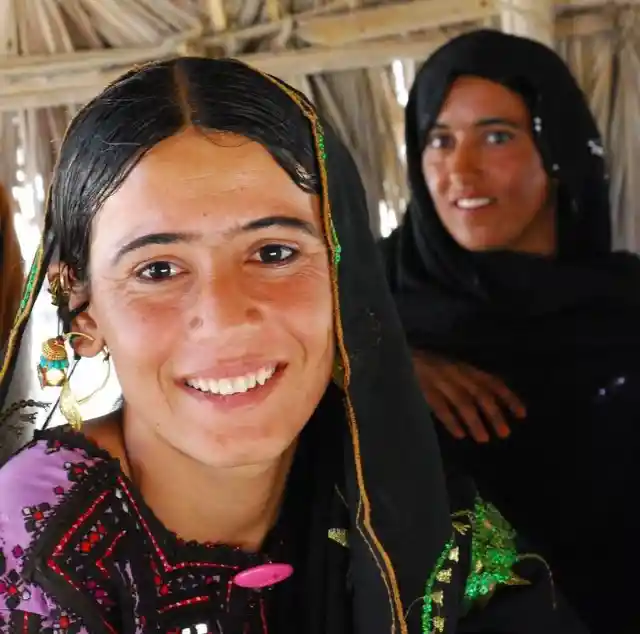
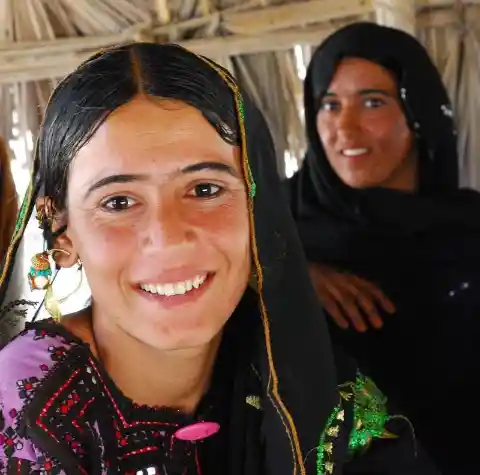
Unfortunately, the violent inter-tribal conflict has prevented the creation of a nation-state. Each rebellion seems to be loyal to a different tribal leader at the moment, and it hasn't gone anywhere so far. Today, they are just a part of Iran with other unique groups and a large Persian demographic. Maybe one day this will change, but no plans so far!
Temporary "Marriages"
In Iran, the government allows short-term marriages called Sigheh. The duration of the marriage and the amount (mahr) must be specified and agreed upon in advance. What exactly is this all about?
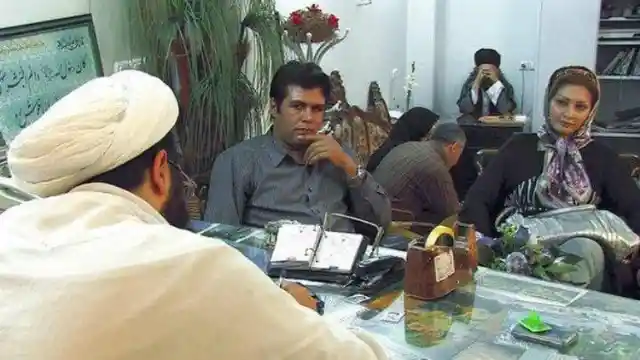
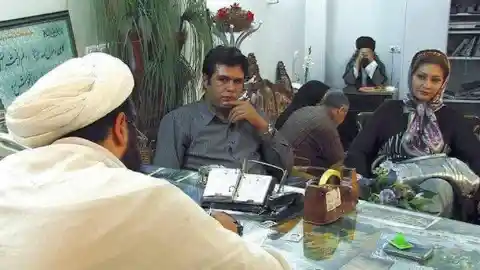
Under Twelver Shia Islam, these temporary marriages are basically like having a concubine. In the middle east, this is one of Shi'ism's most controversial regulations. And no wonder! These agreements can last from a few hours to a number of years. A marriage for a day seems easy to handle, though. Will Tinder begin offering this option in the future? Odds are, there will probably be at least a few takers out there!
Nose Job Capital
Many may not know that Iran has humorously been dubbed “the nose job capital of the world.” Is there any basis for this perception, though?
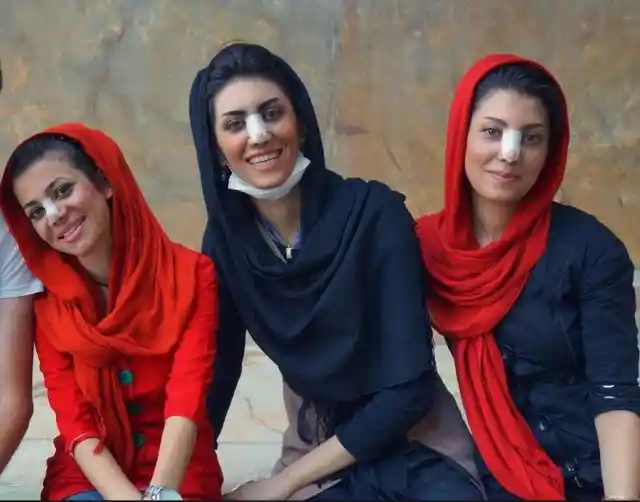
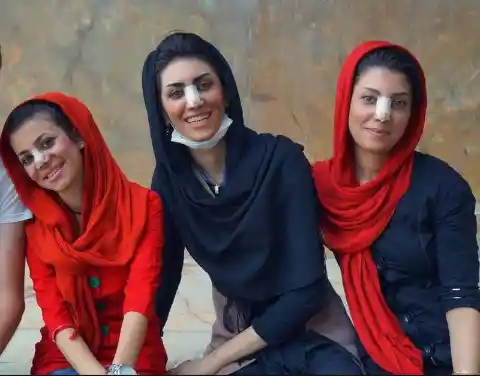
It's not just an undeserved stereotype. It seems that one byproduct of social media has been an increased desire to chase non-local beauty standards. Young Iranian women have fallen in love with the “typical” Western nose shape, and they are willing to pay top dollar to have one of their very own. Is this just a trend, or will it become a norm that requires more and more medical intervention in the future? Instagram seems to be surgically affecting women all over the world!
Iran Flag
The current Iranian flag was adopted in 1980 and has three equal horizontal bands of green, white, and red. What's the real meaning behind all this symbolism?
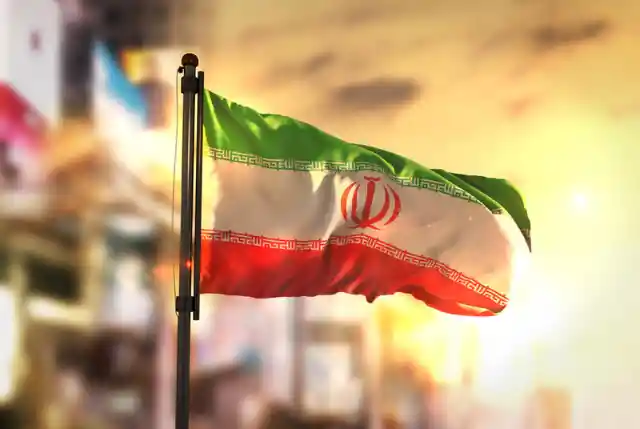
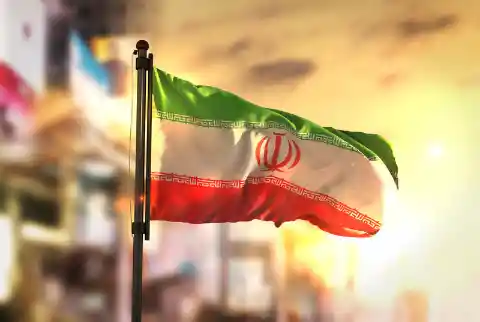
A lot, it turns out! Green is the color of Islam and represents growth, white symbolizes honesty and peace, and red stands for bravery and martyrdom. And that's not all! Centered in the middle white band is the stylized representation of the word “Allah” and the phrase “La ilaha illa Allah” (“None is worthy of worship but Allah”) in the shape of a tulip. Along the inner edges of the green and red bands are 22 copies of the phrase Allahu Akbar (“God is great”). No one can say this wasn't well planned, can they?
Tehran Is The Hottest Place
Iranian linguist and historian, Ahmad Kasravi, believed the word "Tehran" was derived from an Indo-European language and originally meant "the hot place" ("teh" or "keh" meaning hot, and "rān" meaning "place of").
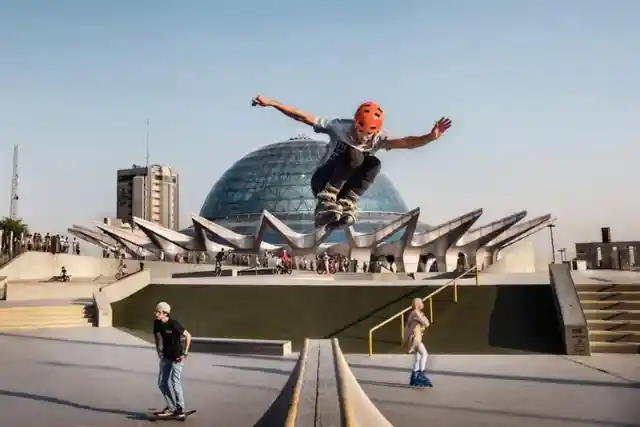
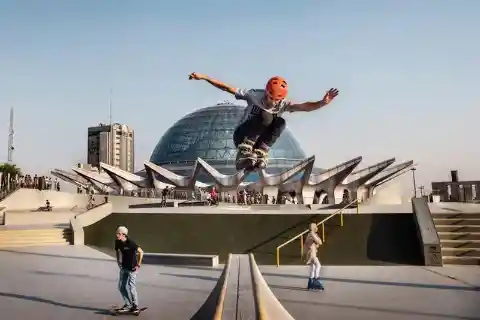
The capital city of Tehran is the most populous city in Iran, with 8.4 million in the city and 15 million in the larger greater metropolitan area. Not a dinky little town, by any means! Pictured is Tehran's Ab-o-Atash ("water and fire") Park is one of the largest skateparks in the Middle East. Not many would assume that this trend even exists in the middle east. But clearly, ollies and flips are irresistible!
#RichKidsOfTehran
The Rich Kids of Tehran, hashtag #RKOT, is one of the most popular Instagram accounts from Iran. One look at these curated photos, and it's easy to understand the appeal! But wait, is this even legal?
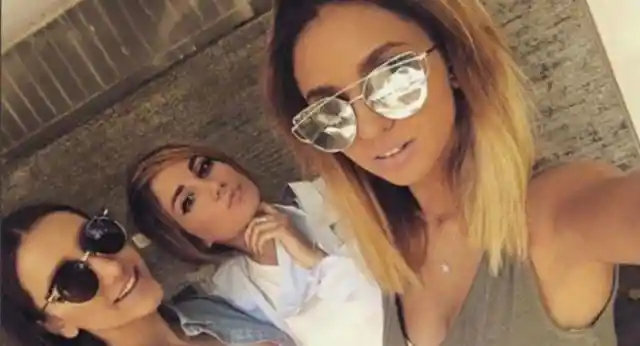

Not exactly, but 'rich kids' seem to get away with a lot all over the world. Even though the social media site is banned in the country, the young Persian millionaires and billionaires flout the rules by using secret VPN apps. The slideshow of glamour shows the wealthy young elite in Tehran and other cities in Iran imitating their western counterparts. It almost looks like it could be Los Angeles!
The Magical "Doogh"
Popular in Iran, "Doogh" is a cold savory yogurt-based beverage that is mixed with salt. Its name comes from the Persian word for milking, "dooshidan". Sounds positively yum, actually!
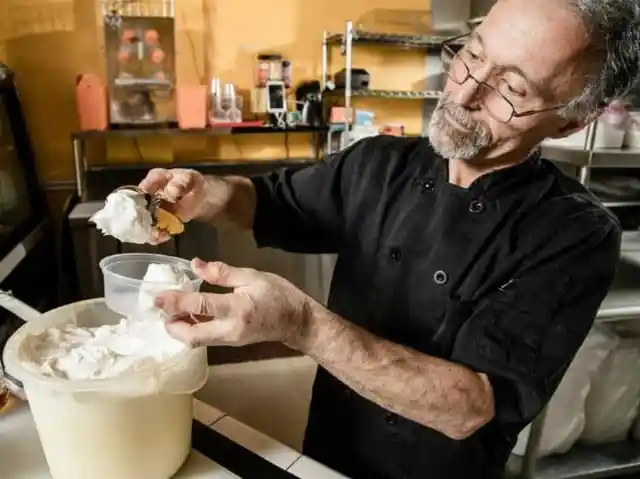
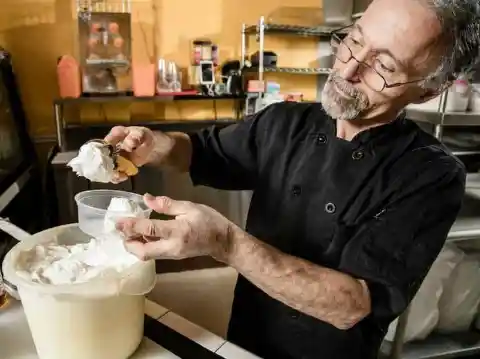
But is it really a cold snack? Widely used in Persian traditional medicine, yogurt is said to be a helpful treatment for a number of health issues such as colds and coughs, as a treatment for ulcers, and relief for sunburn. Doogh is also rumored to prolong youth, but that claim is little dubious. Just ask a dermatologist! Locals say it moderates body temperature and dryness, so it is still used as a facemask in Iranian beauty therapy. Sounds refreshing, especially on a hot desert day! In Iran, there's no shortage there.
Imperfection Is Perfection
Iranians have woven carpets for more than 2,500 years. That's no small hobby, and it is one of the oldest industries in the country today. After oil, it remains the country's biggest export commodity!
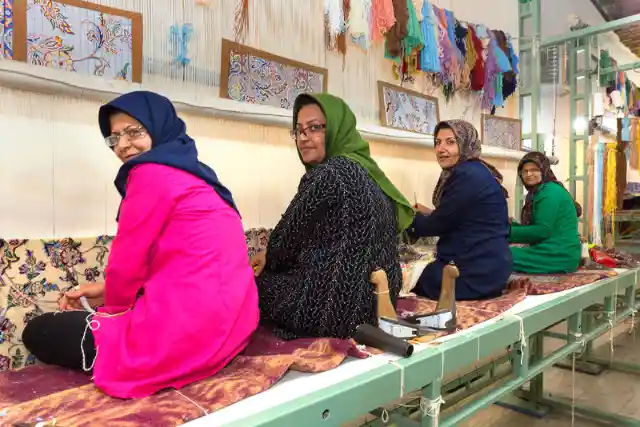
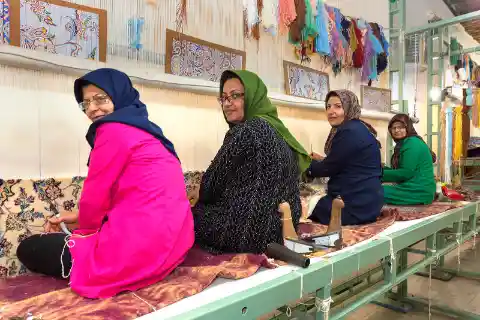
Outsiders might assume that this level of expertise means that a master strives for perfection. Au contraire, though! A little-known fact regarding Persian rugs is that they are never perfect. Every rug is supposed to have one "mistake". And that itself is no mistake: The practice stems from the Muslim belief that only Allah can be perfect. Local buyers are unlikely to argue with that idea! This unique industry continues, popular even with cheap factory competition abroad. There is simply no substitute for the real deal, is there?
Tea, Anyone?
Iranian food flavorings include saffron, dried lime and other types of sour flavoring, cinnamon, turmeric, and parsley. These are mixed and used in various dishes, and it sounds like things never really get dull!
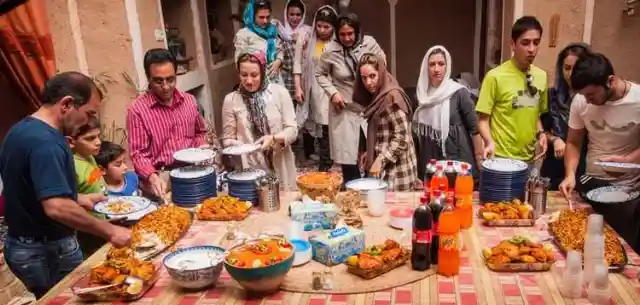
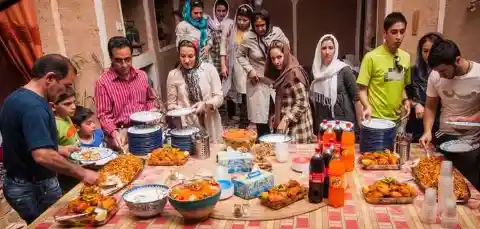
But to prepare the palate, one thing is very important. The pre-meal drink, of course! Tea is widely consumed in Iran. Few know that the country is the 7th biggest tea producer in the world today. And with so much available locally, there's no reason to hold back! It is the first thing offered when a guest arrives and is traditionally served with a lump of sugar, as well as rock candies usually flavored with saffron.
Speaking Out
In Iran, you’d better not badmouth Supreme Leader Ali Khamenei. Dissenters know that the punishment is a little more than a slap on the wrist. It's not a joke, at all!
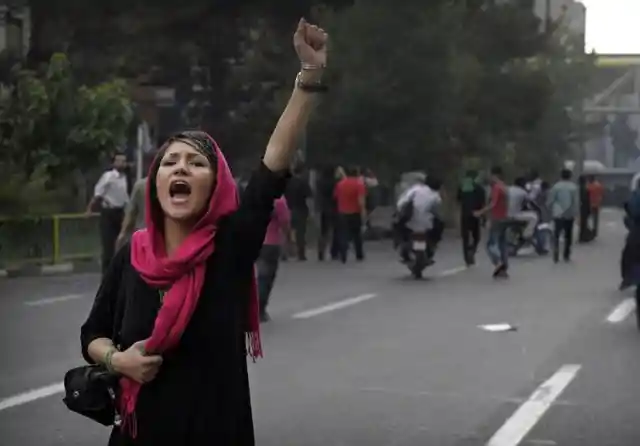
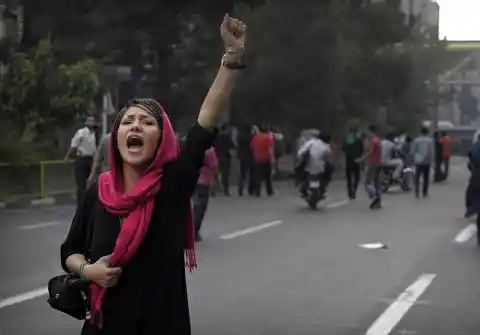
Insulting the supreme leader has led some people to torture, imprisonment, and even execution. Despite all the beauty and flavor this nation has to offer, it doesn't currently offer a lot of freedom of conscience. And the imprisonment rate has been increasing in recent years for speech and criticism crimes. In general, Iran holds second place for largest prison population among Islamic countries today. What's more, prison time can extend beyond official sentences. Yikes, indeed!
Meet: The Kurds
One of the smaller ethnicities, Iranian Kurds speak Kurdish as their mother tongue. Yes, even today! As the third-largest group in Iran, they comprise more than 10% of the national population.
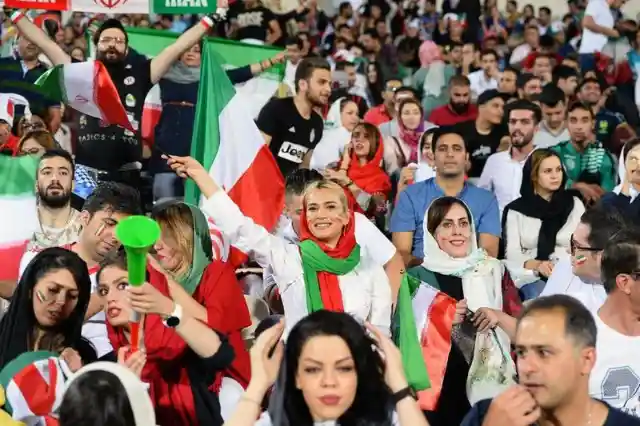
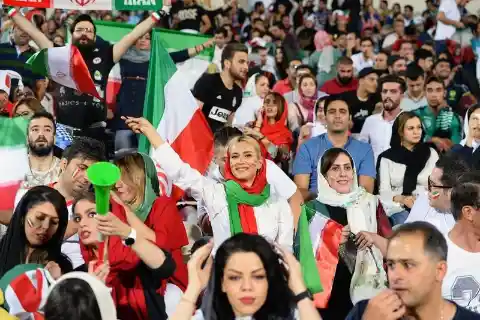
Kurds exist in many countries throughout the region, and they dream of having their own state. In Iran, some consider their region to be one of four parts of a future Kurdistan. But Kurdish separatism has less support in Iran than other places, because there are actually stronger ethno-linguistical ties and culture compared the situation Kurds find themselves in elsewhere. Will it happen? There have been increased violent clashes since 2016!
Black Gold
Iran produces 1.5 billion crude barrels annually. The nation holds 10% of the entire world's oil reserves. On a daily basis, the country fills up 4 million crude oil barrels. This makes Iran the world's fourth larger producer of oil.
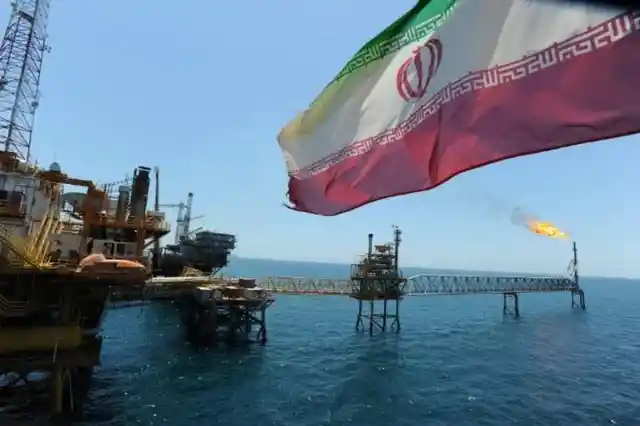
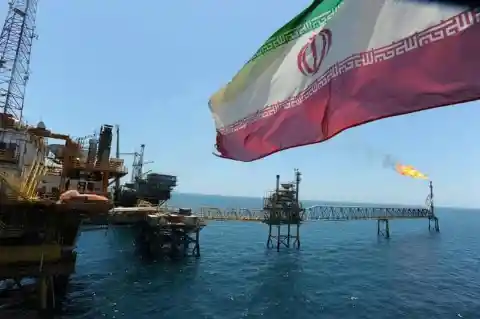
The Persian Gulf of which Iran is one country holds a staggering 60% of the world's oil reserves. The other countries which make up the Persian Gulf are Iraq, Kuwait, Saudi Arabia, Qatar, Bahrain, the United Arab Emirates, and Oman.
Gender Inequality
At the conclusion of the 1979 Iranian Revolution, its entire legal system reverted to Islamic law. This means women were now "downgraded" to a lower class where they were considered mentally, and legally inferior to men.
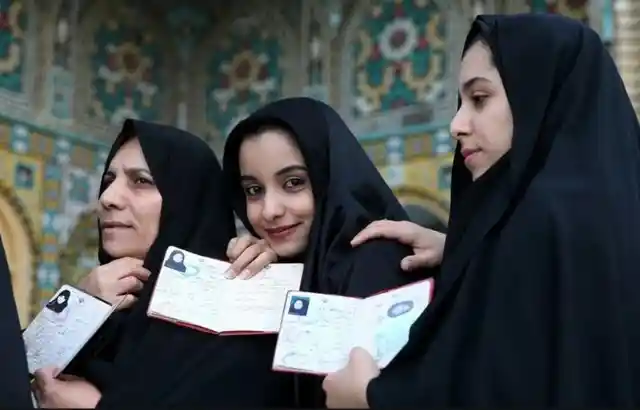
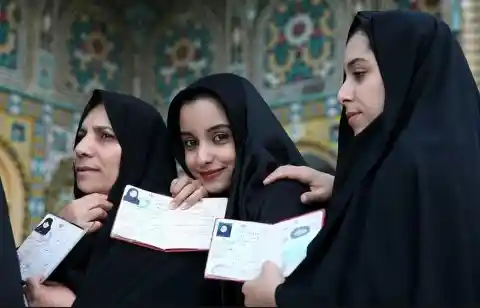
Unlike Saudi Arabia though, Iranian women are allowed to drive, however, they need special permission from their husbands or male head of the household to get a job outside of the house.
Carpet-Diem?
The world's largest carpet was manufactured in Iran in 2007. It is as big a soccer field and was made by the Iran Carpet Company for an Abu Dhabi mosque in the United Arab Emirates.
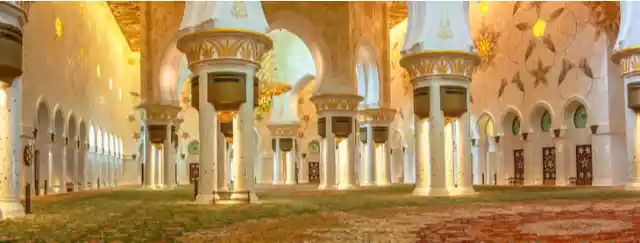
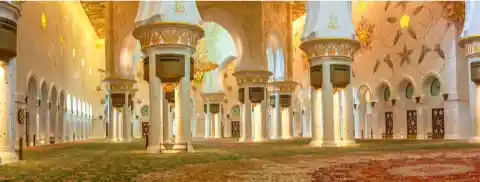
It measures 60,600.81 ft² (5,630 m²) and was constructed from nine pieces which were put together in the mosque. In fact, part of it had to be taken away due to the carpet being too big.
An Abundance Of Flavors
As Iran's culinary culture interacted with many of its neighbors, both near and far, over the centuries, it significantly impacted its cuisine.
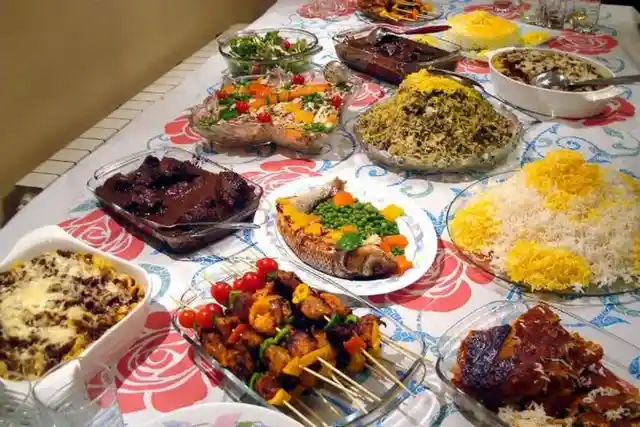
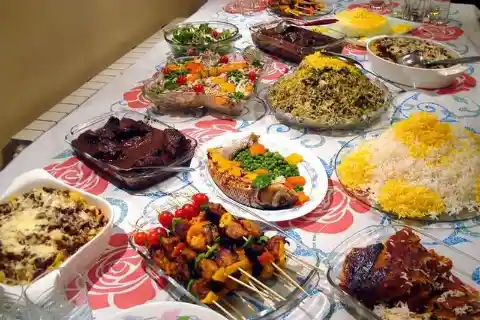
Typical dishes include combinations of rice with meat, vegetables, and nuts. Herbs and spices are also readily used, along with plums, pomegranates, quince, prunes, apricots, and raisins.
Iran’s Army
Iran is a powerhouse in the Middle-East and could pose a major threat to any opposing force in the region.
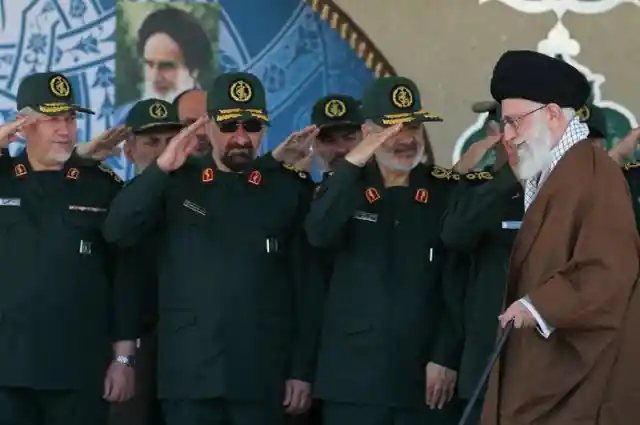
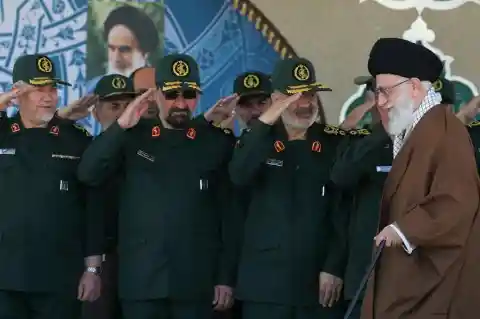
Its military is made up of two sides of the armed forces: the Army, Air Force, and Navy, and then the Revolutionary Guards. The military totals about 545,000 active personnel and 350,000 reserve soldiers.
No Shortage Of Inspiration
The English word "paradise" has its roots in the Persian word "paridayda" which means "walled enclosure" which subsequently came to indicate the expansive walled gardens of the First Persian Empire.
The vast Persian empire inspired poets throughout the ages and even today many Iranians can recite lines from famous Persian poems.
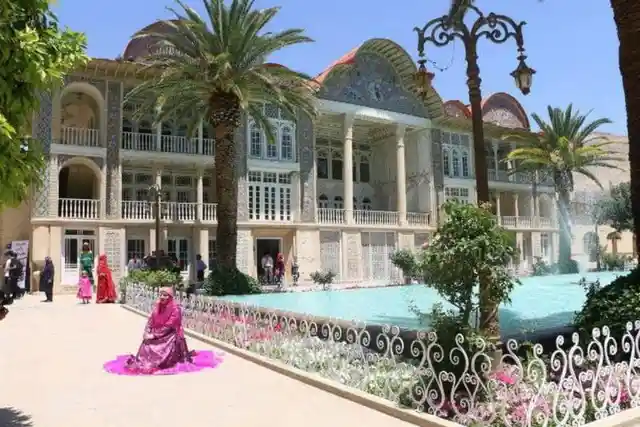
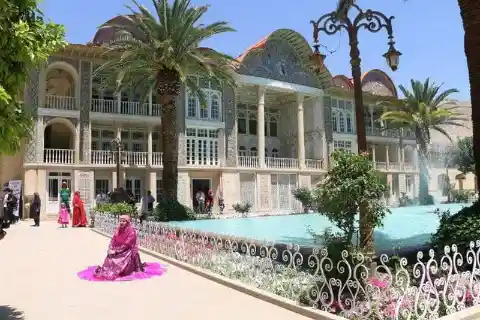
The most famous of all Persian poems, the "Shahnameh", translated as "The Book of Kings", is recognized as the national epic of Greater Iran.
Young Brides
Make sure you have your reading glasses on for this one because you’re about to read correctly. From the age of 13, girls can get married.
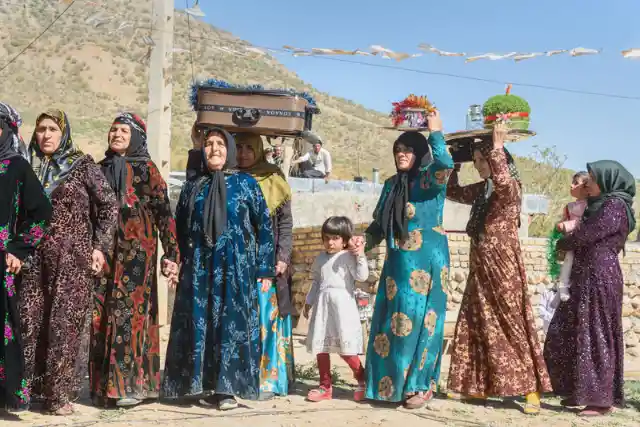
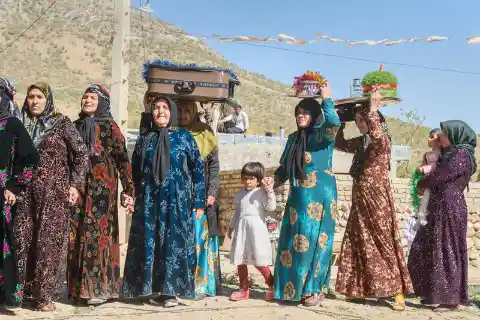
Boys need to wait a little longer – from their 15th birthday only. Talk about getting out of the house at a young age.
A Mountain Of Hope
Iran's tallest mountain, Mount Damāvand, acts as a symbol of Iranian resistance again despotism and foreign rule in Persian poetry and literature.
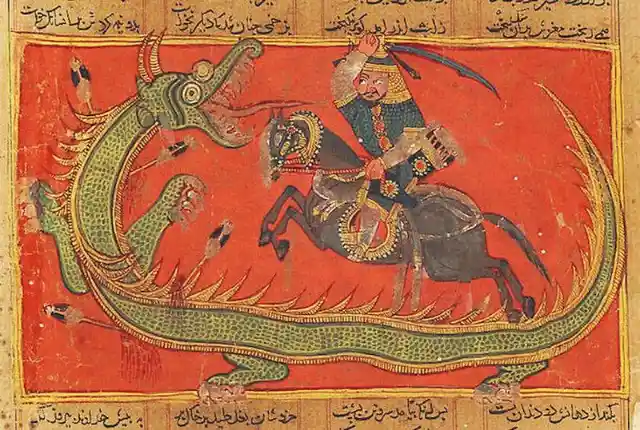
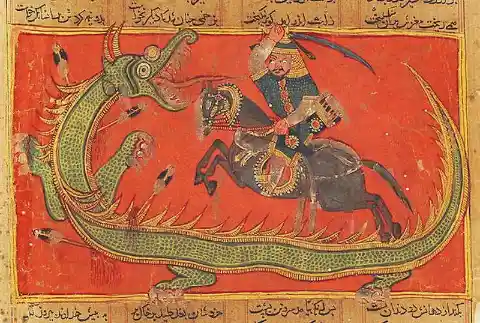
In Zoroastrian texts, the three-headed dragon named Aži Dahāka is said to be chained within the mountain and will only escape at the end of the world.
Limited Internet
From the beginning of 2012, Iran began implementing its own national state-controlled intranet network.
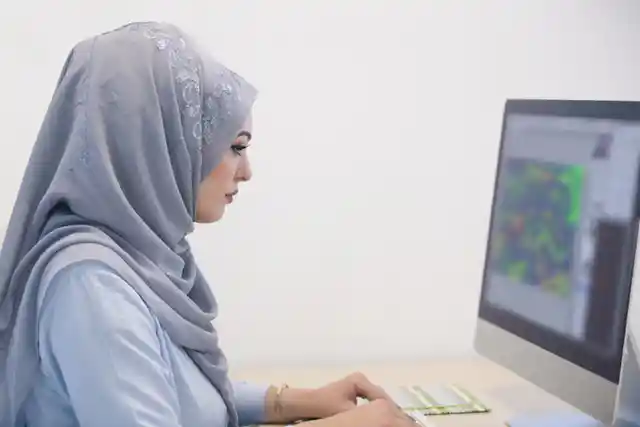
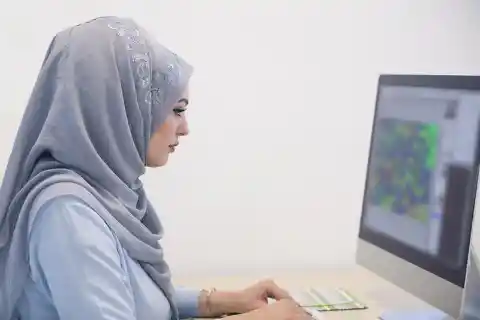
Nearly 50% of the top 500 websites in the world are blocked, such as Facebook, YouTube, Twitter, GooglePlus, with others such as Instagram and Telegram heavily restricted. The sites blocked cover topics such as topics blocked include health, science, sports, news, and shopping.
Three Calendars
The Solar Hijri calendar is used as the main national calendar, the solar Gregorian calendar for international events and Christian holidays, and the lunar Islamic calendar for Muslim holidays.
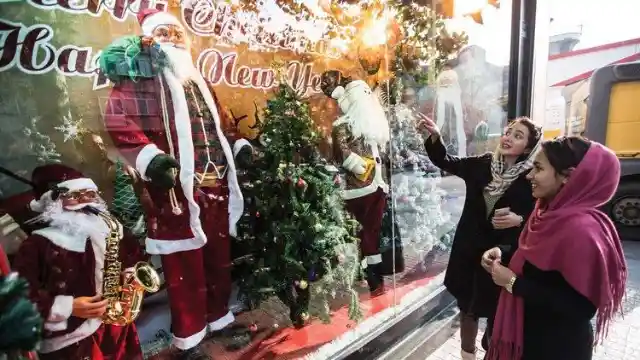
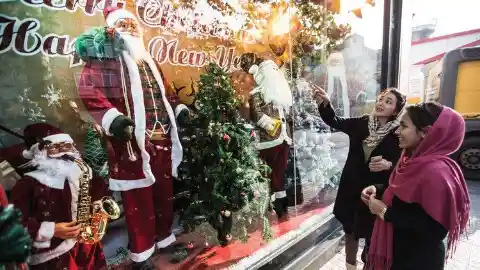
On top of these, a large number of unofficial holidays are added which exacerbate the situation.
Prized Jewels Or Priced Jewels?
The Treasury of National Jewels in Tehran houses some of the rarest and most expensive jewelry found anywhere.
The imperial crown jewels of Iran include elaborate crowns, thirty tiaras, and numerous aigrettes, a dozen bejeweled swords and shields, a number of unset precious gems, numerous plates and other dining services cast in precious metals and encrusted with gems.
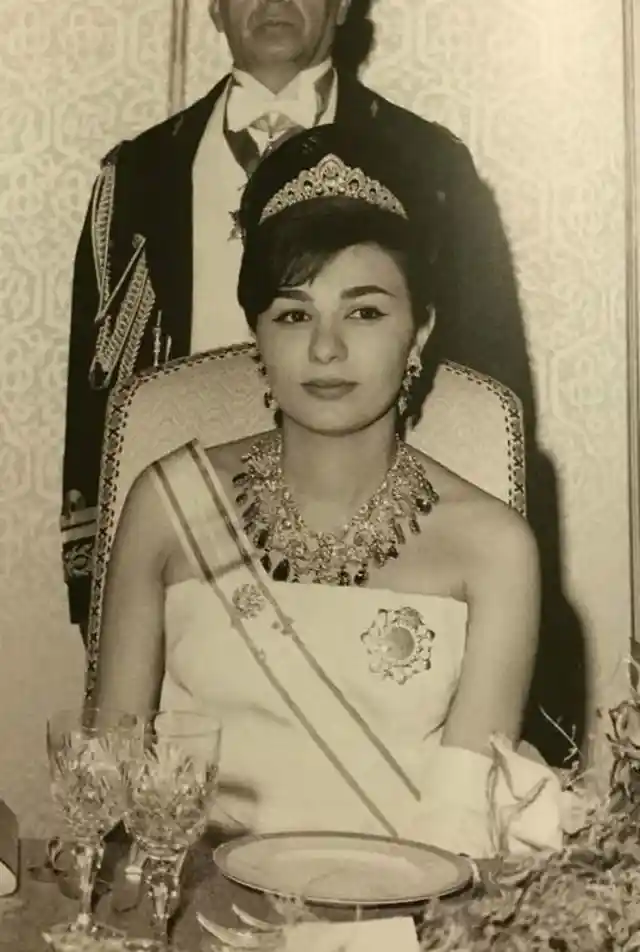
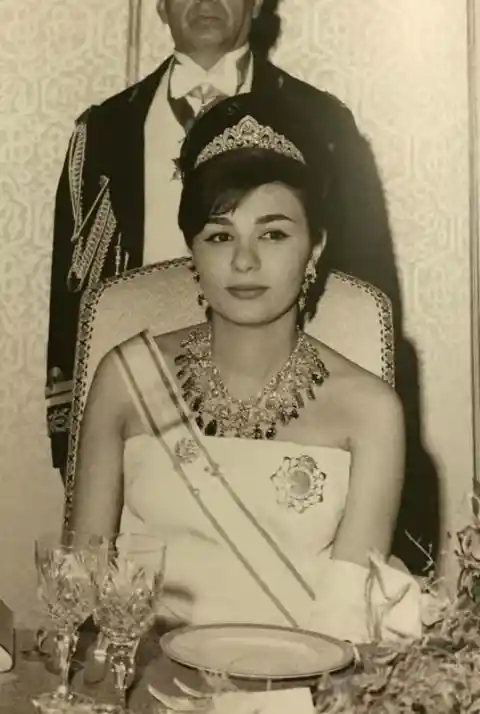
The crown jewels are believed to be so rich in value, that they are today still used as a reserve to back the Iranian currency.
The Persian Cat
"Gorbe Irâni" better known as the Persian Cat, is notable for its round face and short muzzle. Many of these long-haired cats were seen in hieroglyphics and the breed is said to have evolved on the high, cold plateaus of the country then known by outsiders as Persia.
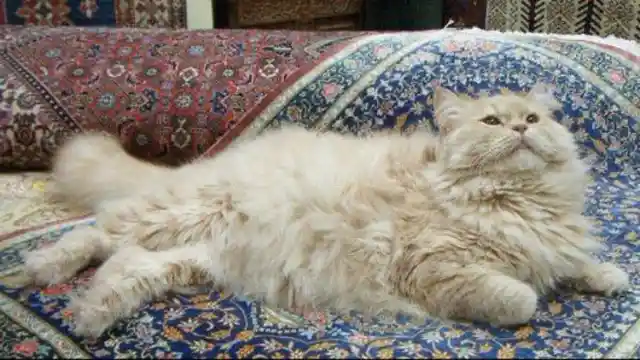
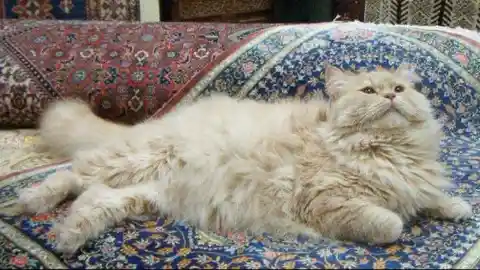
The first documented ancestors of the breed were imported into Italy from Khorasan, Iran around 1620 by Pietro della Valle.
Zoroastrianism Survives
Zoroastrianism is mystical faith often referenced about ancient societies. There used to be many other religions! This one seems to have disappears off the face of the planet, though! Or has it?
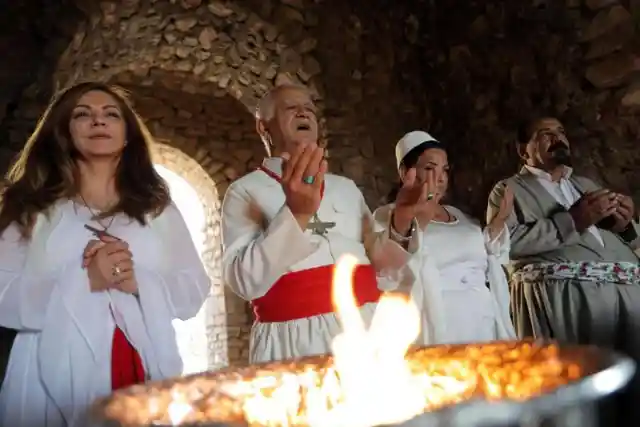
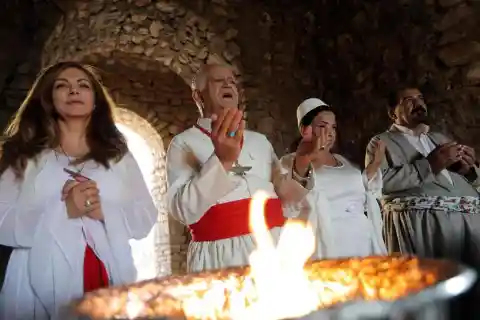
As it turns out, there are a small number of these people in Iran today! It remains a fusion of ideas that might be familiar from Greek philosophy, Gnosticism, Christianity, Islam, and polytheism. Sounds complicated, but there are still people who are quite interested in its concepts. In fact, it's one the world's oldest practiced religions around!
Star Of David
Unknown for 30 years, on the roof of the Tehran International Airport's main terminal was a Jewish Star of David. It was only detected in 2001 after Google Earth hit the internet.
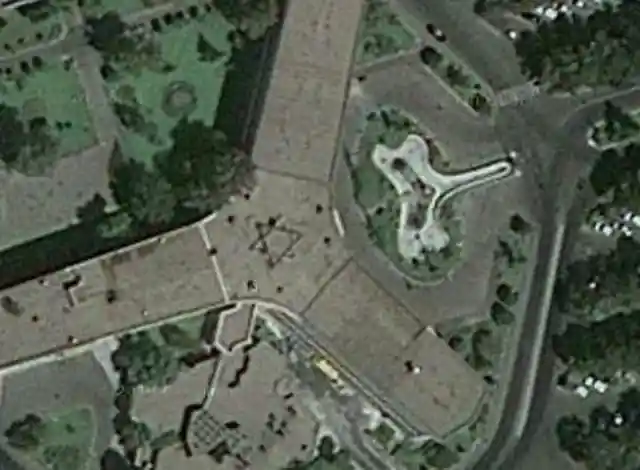
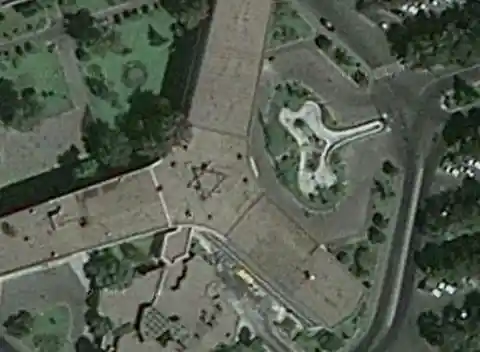
Needless to say, the Iranian government ordered the complete removal of the symbol. The airport was constructed by Israeli engineers at a time the two countries maintained close ties before the revolution.
Not So Social Media
Right now, Instagram remains one of the few unblocked apps that Iranian youth can use to access the wider world. Some think it will be totally banned soon, though. Individuals are already being arrested for their not-so conservative posts on the platform. Yikes!


Maedeh Hojabri was a recent famous case. The teenager posted videos of herself dancing to Western songs without a hijab. The police arrested her and threatened her with a long prison sentence! Unsurprisingly, a forced apology on camera followed. Will Maedeh and other girls have more freedom in the future? Only time will tell, like many things.
A Cheetah In Danger
Native to Iran, the Asiatic Cheetah, tagged the Iranian Cheetah, currently faces an extremely high risk of extinction in the wild and has been classified a critically endangered species by the International Union for Conservation of Nature. Only 50 remain in today.
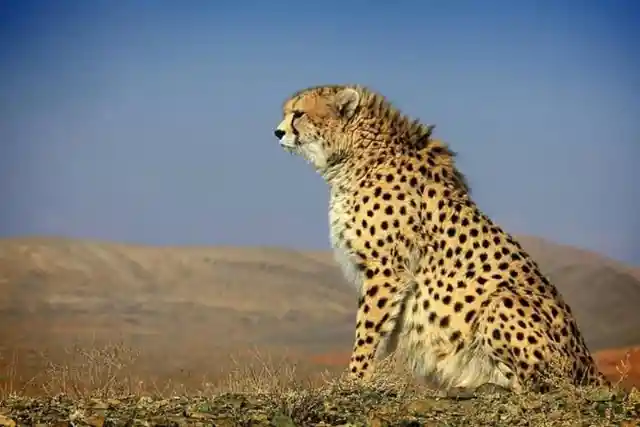
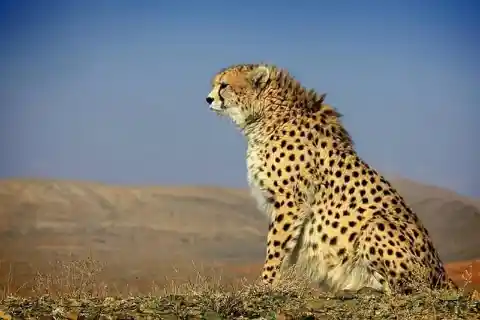
Fortunately, the animal lives in protected areas in the eastern-central arid region of Iran which has a very low human population density.
The Fire Of The Warriors
Pictured is the Takht-e Soleymān ("Throne of Solomon"), also known as Azar Goshnasp ("the Fire of the Warriors"). According to folk legend, King Solomon used to imprison monsters inside a nearby 100-meter deep crater called Zendan-e Soleyman ("Prison of Solomon").
Solomon is also said to have created the flowing pond in the fortress.
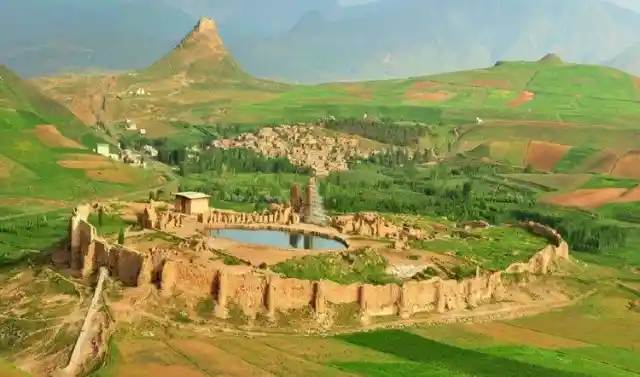
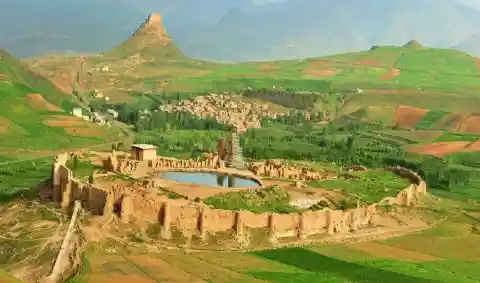
Ancient palaces, holy places of worship, bazaars, and ancient water systems dominate the recognized list of UNESCO World Heritage sites in Iran.
Islam Dominates The Rest
Islam is the predominant religion in Iran with 98% of the population practicing some form of it.
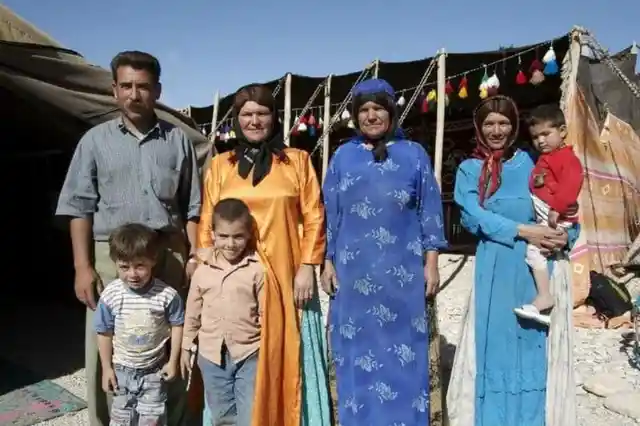
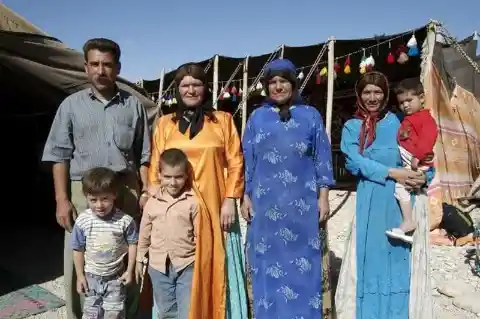
The 89% majority are Shia Muslims, while the remaining 9% minority are Sunni Muslims. The other groups to make up the population include Bahá'ís, Mandeans, Yarsanis, Zoroastrians, Jews, and Christians.
String Theory
The capital has a noted arts scene, including The Tehran Symphony Orchestra. This group has performed at home and internationally, to audience delight. For the theater world, the Fajr International Theater Festival is held every year. And then, there's all the museums!
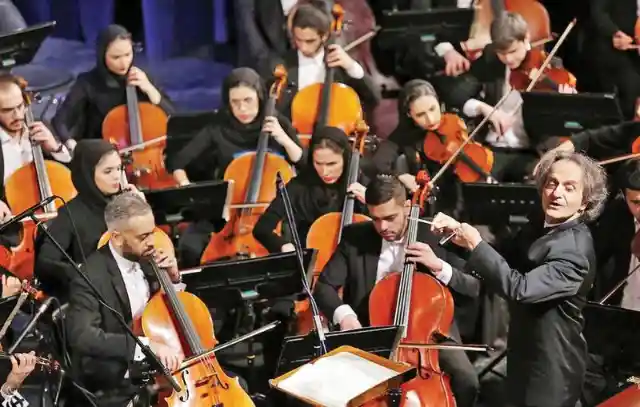
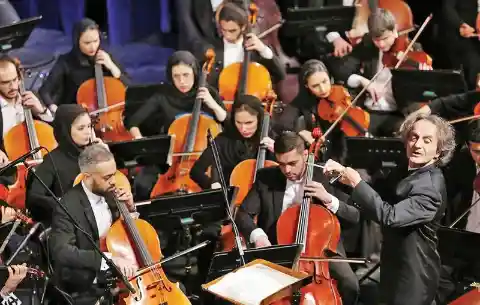
The National Museum of Iran portrays ancient Iranian heritage, and the Tehran Museum of Contemporary Art shows works from major international artists. There's even the Carpet Museum of Iran, which displays masterpieces of their national specialty. Yes please, to gorgeous rugs!
Skiing Is Believing
When most people think of Iran, snow is probably not what they picture.
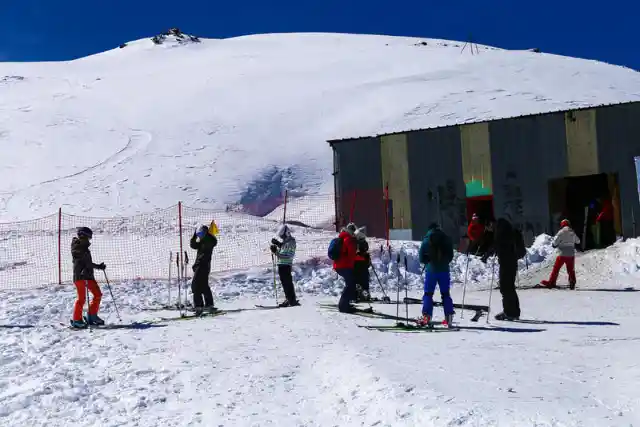
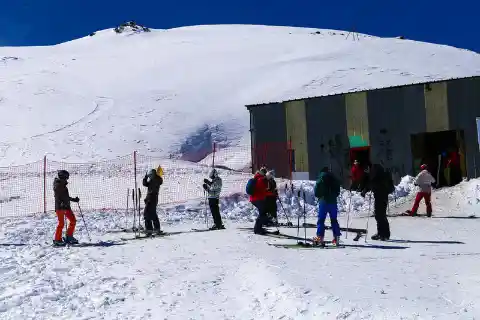
Although men and women in the past were made to ski separately, nowadays it usually a co-ed activity (even though such behavior is not officially authorized).
To Taarof...
"Taarof" is a social type of behavior which dictates how people treat each other. Often the true meaning of what is said is not in the words themselves which can be confusing to non-locals.
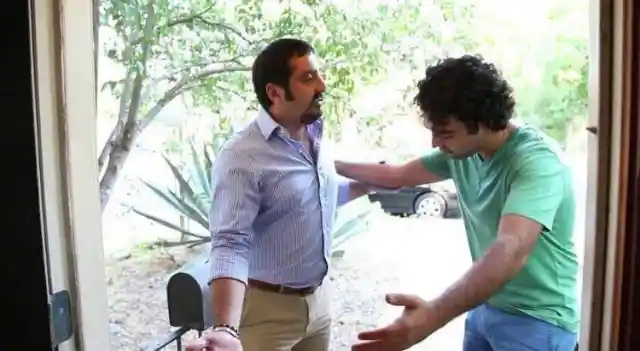
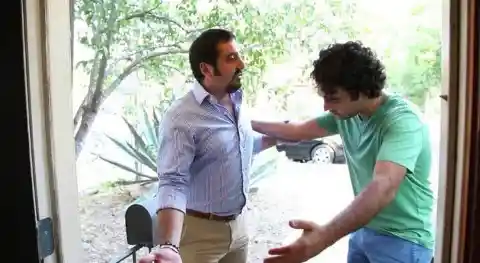
People will refuse an offer when they actually want to accept, say what they don't mean, express what they don't feel, invite when not intending to follow through, and replace bad news with false hope.
...Or Not To Taarof?
To Iranians, kind words are important, and having a back and forth insistence is customary in every interaction.
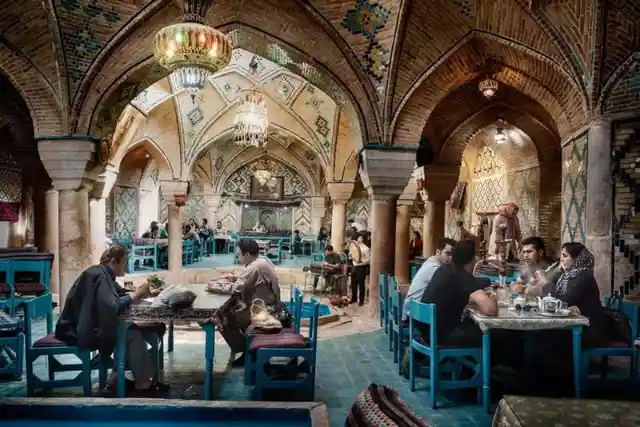
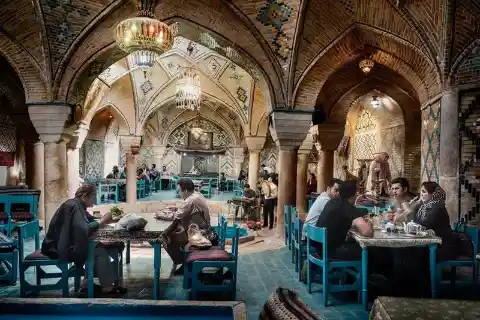
Somehow, this behavior cultivates social stability among classes, since when both persons do it, they achieve equality. The prevalence of Taarof means Iranians have a unique style of negotiation where reading between the lines is crucial.
Meet: The Lurs
The Lurs live mainly in western and southwestern Iran today, with a population around five million. This makes them approximately 6% of the country! What is their subculture like, these days?
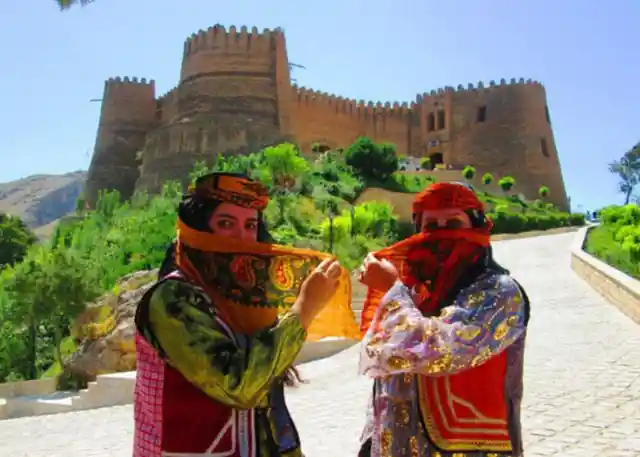
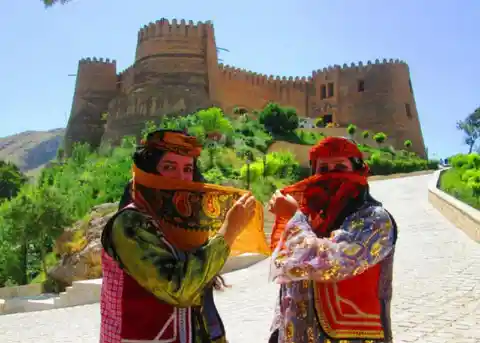
Tribal elders remain a strong authority for those Lurs who still try to have a nomadic lifestyle. Many are small time farmers and shepherds, but many live in the city, too. Some are known to be amazing traveling musicians, and Lurish weaving techniques are highly esteemed for beauty. All in all, a busy group!
6 in 10 People Are Persian
Pictured above, in the Zagros Mountains, the nomadic Qashqai and Bakhtiari tribes traditionally travel with the seasons, seeking out green meadows and water for their herds of goats, and sheep.
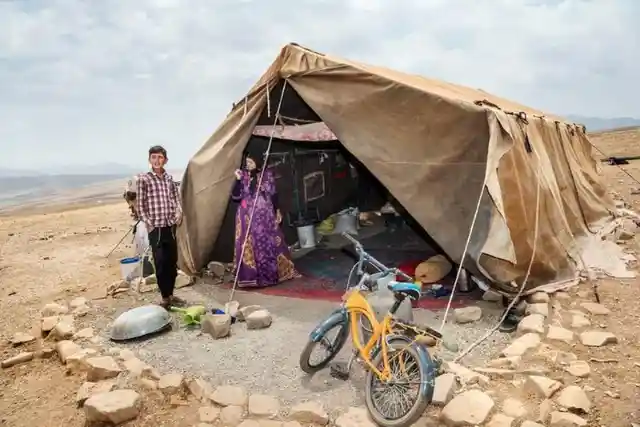
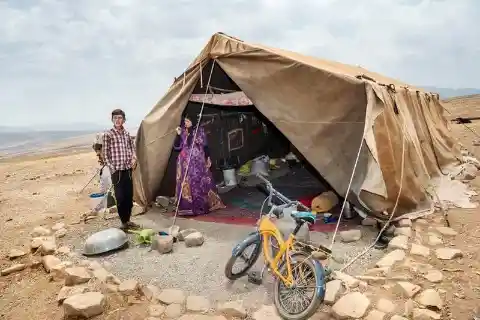
In terms of ethnic groups, Iran's population is made up of Persians 61%, Azerbaijanis 16%, Kurds 10%, Lurs 6%, Turkmens 2%, Arabs 2%, Baloch 2%, and Others 1%.
Opium Is Legal
Since alcohol is illegal in Iran, millions take to opium which is both easy to get and cheap to purchase in Iran for as little as 3 grams for $1.
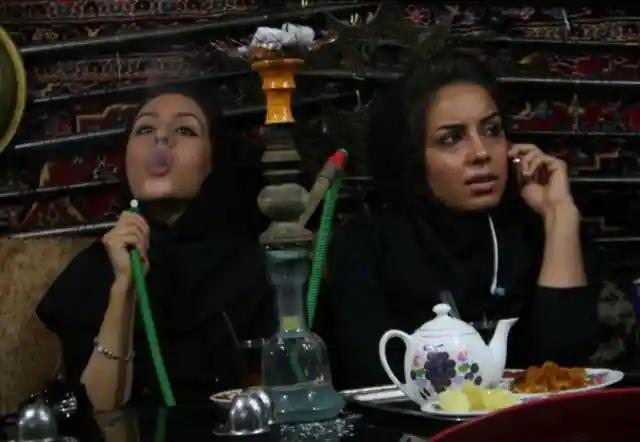
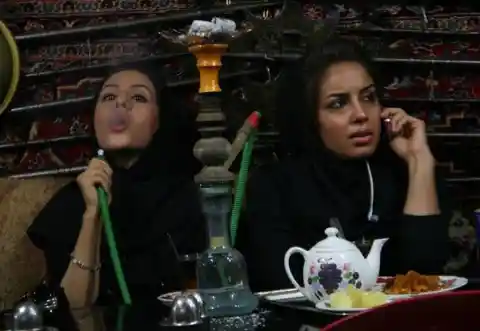
Iran has one of the highest per capita number of opiate addicts in the world with 2 million Iranians or 2.8% of the population over 15 addicted to the drug.
Hot and Heavy
In the capital, it gets pretty seasonal. Tehran has a hot, arid climate similar the center of the county. central Iran. The summer is long, but there are clear differences between spring, fall, and winter.
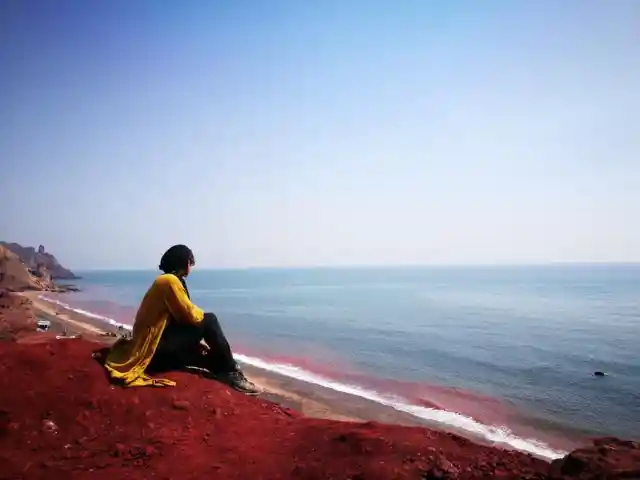
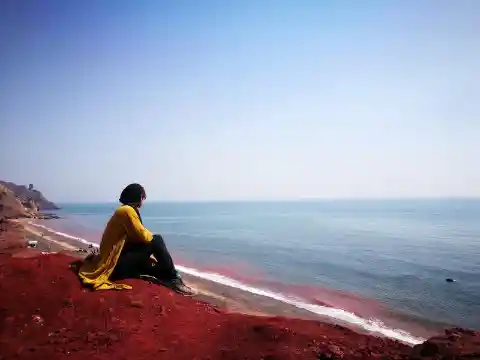
The Elburz mountains prevent the humidity of the Caspian Sea form reaching the urban area, though. And that's probably for the best! Extreme temperatures already reach 109 °F in the summer, and moist air would be even more unbearable. Interestingly, 5 °F is common in the winter. Iran, what a land of contrast!
Poets Paradise
As Persian literature spans two and a half millennia, Persian poets such as Ferdowsi, Sa'di, Hafiz, Attar, Nezami, Rumi and Omar Khayyam are today known in the West, having influenced literature in many countries.
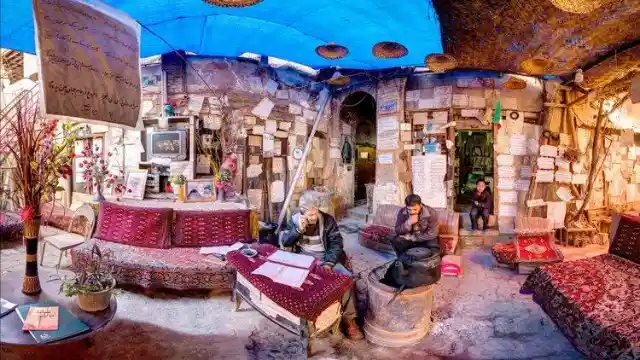
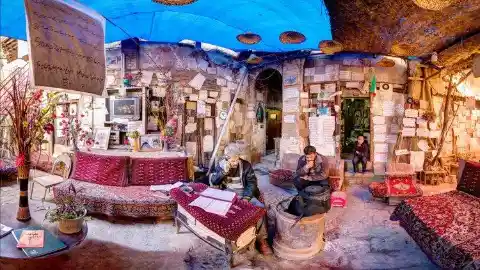
The literary institute in Shiraz has a reputation as a city of great poets and poems. In this building, anyone can pen verses and hang them on the wall, either their own creations or an old favorite.
Asia's Highest Volcanic Mountain
Located 41 miles (66 kilometers) northeast of Tehran, the volcanic Mount Damāvand stands at 4,667 m (15,312 ft) which makes it the 12th highest mountain in the world, and the second-highest in Asia, after Mount Everest.
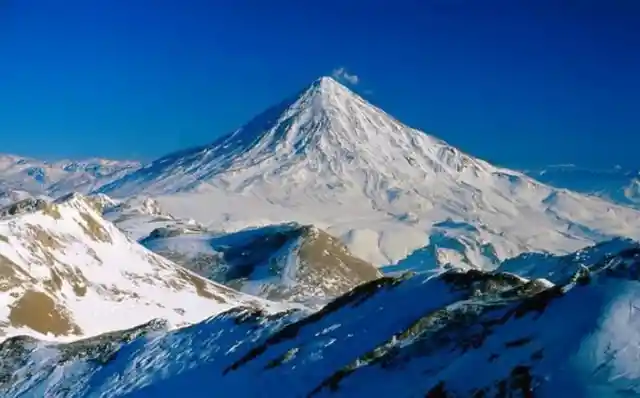
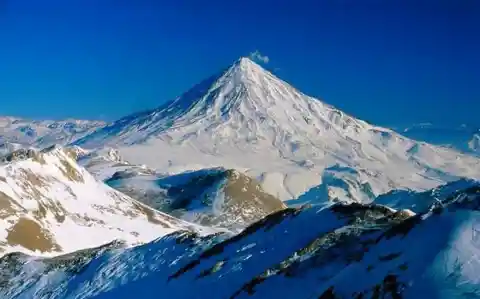
The mountain last erupted in 5300 BCE.
Va Va Views
Tehran may sound like its a very old city, and it is. But that doesn't mean there's noting modern and vibrant going on these days! Architecture has developed into high rise buildings, like the Milad Tower measured at 1,427 feet above the ground. And its not alone!
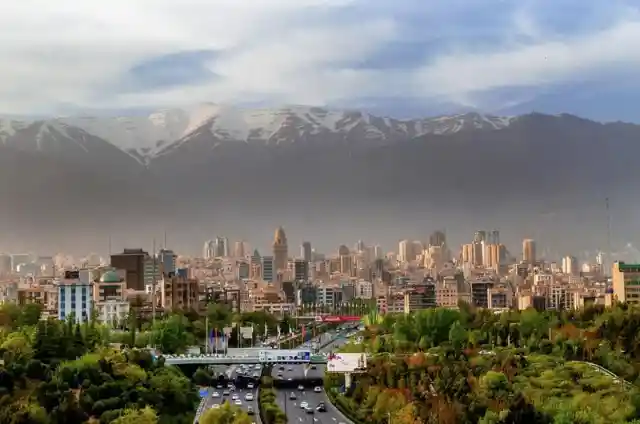
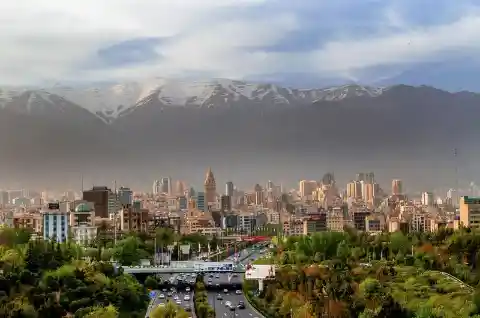
The skyline has plenty of other tall wonders, but there's one thing that provides an even more breathtaking contrast. Views are always dominated by snowcapped mountains, right in the background! Luckily, no one is complaining. Lucky people, Tehranians.
Caviar Capital
Apart from oil, Iran is also well-known for several other rare commodities such as saffron, caviar, and pistachios. The country controls 50% of the Caspian Sea caviar market.
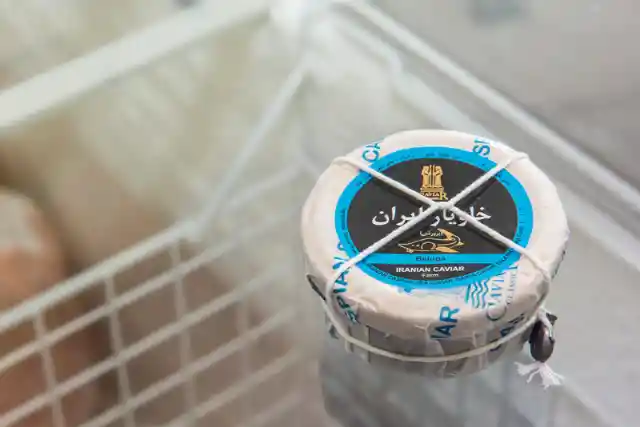
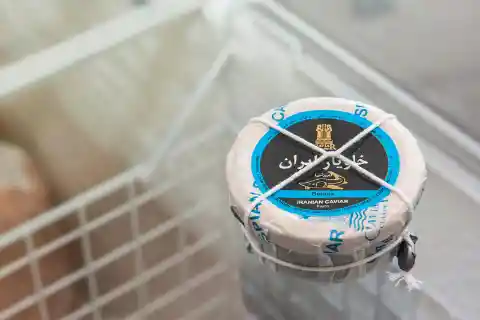
The eggs of the Beluga (sturgeon) are priced at $160 per ounce (28 grams). These creatures normally live to be 100-years-old. Unfortunately, the fish population is rapidly shrinking due to overfishing.
Jews In Iran
When it comes to religion in Iran, over 99% of the population is Muslim with 89% of them being Shi’a Muslims. There are other religious groups who make up the other one percent. Surprisingly Jewish people are part of that 1%.
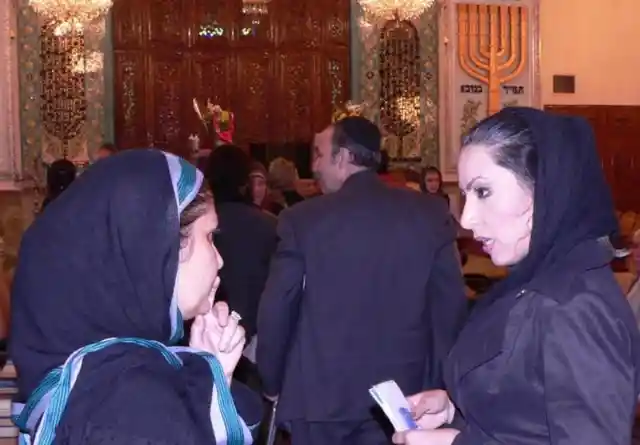
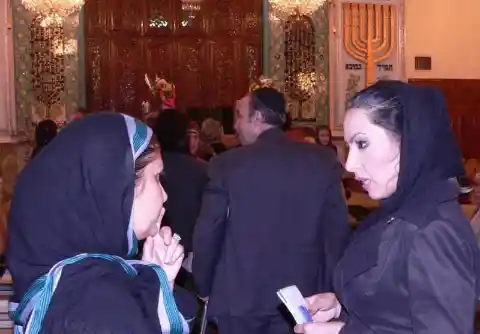
Iran is the burial ground of a number of history’s biblical figures. Some of those notable figures are Queen Esther, the prophet Daniel, Cyrus the Great and Darius the Great.
Meet: The Qashqaees
The Qashqaee tribe in Iran is a pretty big one. Most live in the Fars province, and they like to travel back forth to seasonal homes in winter and summer. Sounds like a nice gig!
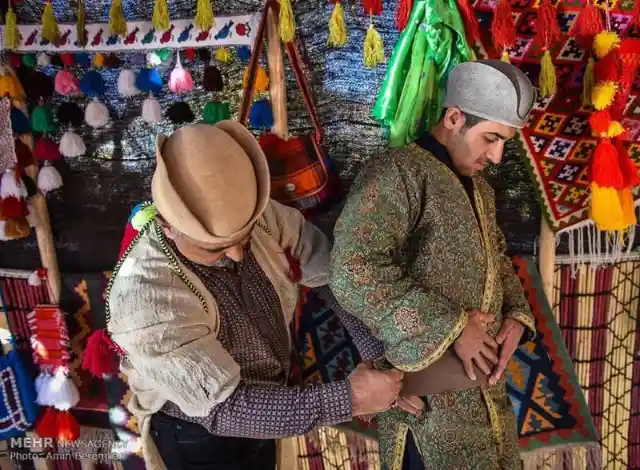
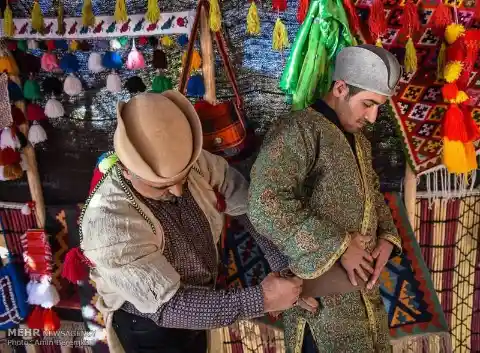
Ethnically, the Qashqaees are Turk people. Religiously, they are Shia Muslims. And in their free time they are pretty interested in keeping their own rituals and traditions alive. They have a separate language, but they do know the national tongue of Persian today. Don't worry, they're fluent — they just have their own thing going on!
Air Pollution
It’s not just the government’s tight grip on the capital, Tehran, that makes it hard to breathe; it’s the air pollution too.
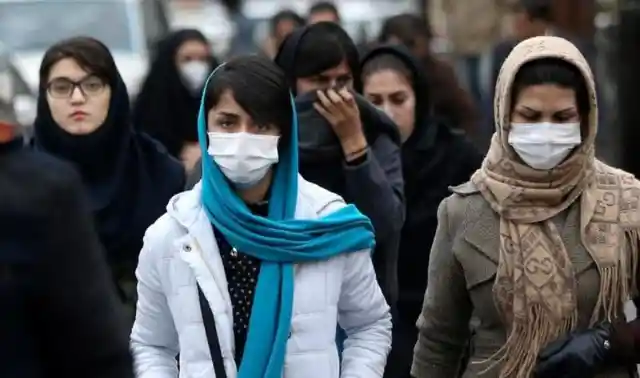
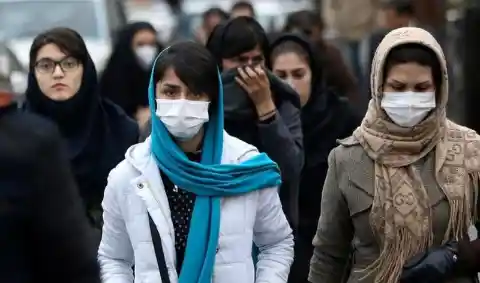
Tehran claims an estimated 27 lives a day are lost because of air pollution-related diseases.
10 Neighbors
Take a look on a map and you’ll notice just how huge Iran is, but you’ll also notice just how many countries it shares a border with.
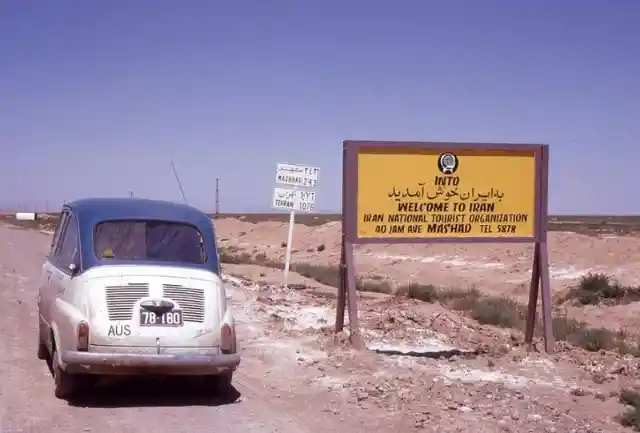

Those ten countries are Arme¬nia, Azer¬bai¬jan, Turkmenistan, Afghanistan, Pak¬istan, Oman, United Arab Emi¬rates, Kuwait, Iraq, and Turkey.
Difficult Divorces
After the Iranian Revolution of 1979, women’s rights were greatly downgraded. Now if a man and woman divorce, the woman loses all custody of her children.
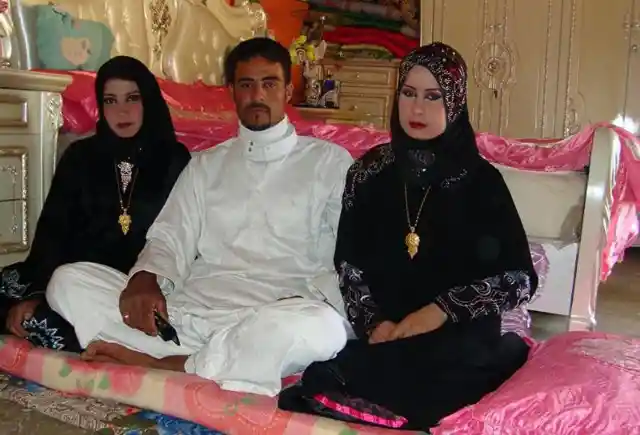
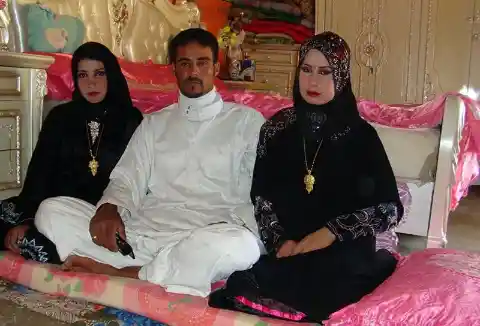
And seeing as polygamy is allowed in Iran, the man has enough choices.
Axis Allies
Iran may not be directly involved in any conflicts in the Middle-East, but they definitely have their hand in them. Its military allies include Syria, Iraq, and Lebanon’s guerrilla military group, Hezbollah.
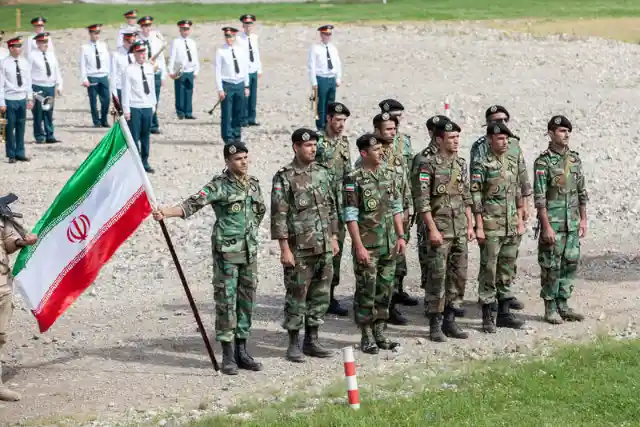
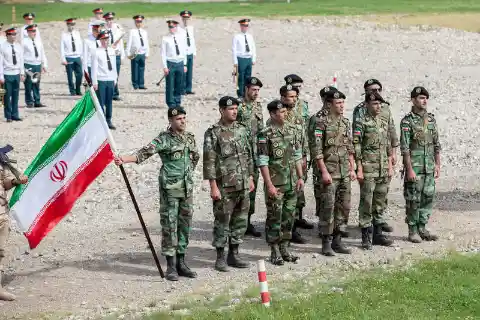
It doesn’t only provide military advice to these armed groups, but also financial aid and weapons. Iranian-made missiles displayed at the Holy Defense Museum in Tehran.
Supreme Leader
What do you need a president for when you have a supreme leader? The supreme leader of Iran, Ali Khamenei, has more power than anyone in Iran. He is the commander-in-chief of the military.
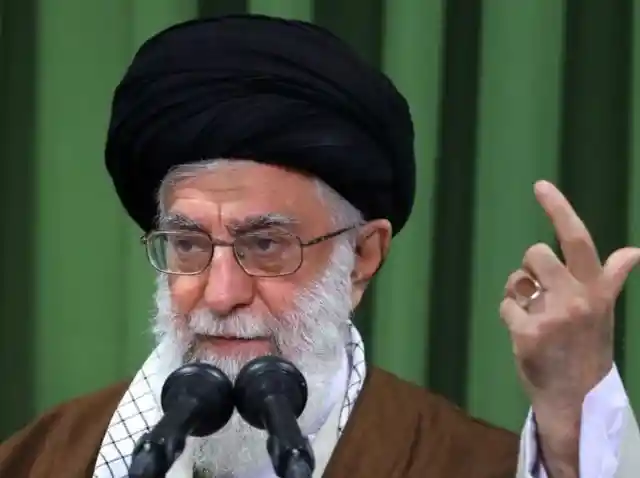
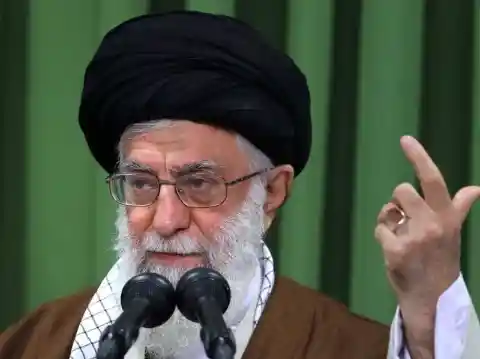
He directly appoints the heads of the judiciary, the state radio, and television networks, as well as the commanders of the police and military forces. At the end of the day, the supreme leader alone decides whether there will be peace or war.
Map It Out
Most people would say that Iran is located in the middle east. And that would be correct! But the truth is, the country does have an official continent designation. It's in Asia! Surprising but true. What's more, its borders can be defined by both land and sea.
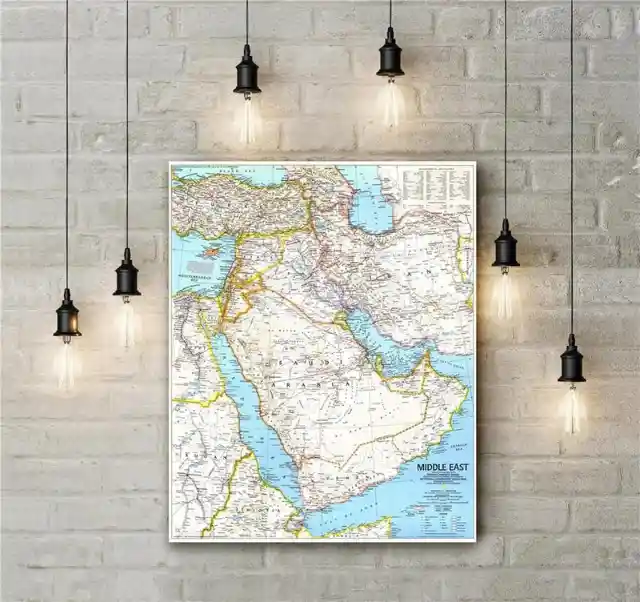
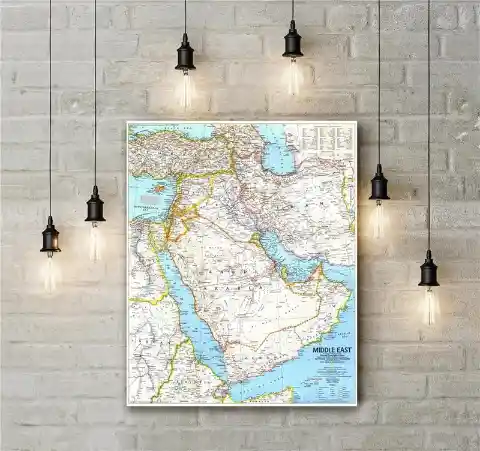
Seven countries stand between Iran and the rest of the map. It borders Afghanistan, Azerbaijan, Armenia, Iraq, Pakistan, Turkey, and Turkmenistan! Geographically, its just a bit smaller than Alaska at 1,648,195 sq km. Who knew?
The Most Popular Sport
The Iranian national football team have qualified for the FIFA World Cup five times (1978, 1998, 2006, 2014, and 2018), and have also won three Asian Cup championships (1968, 1972, and 1976).
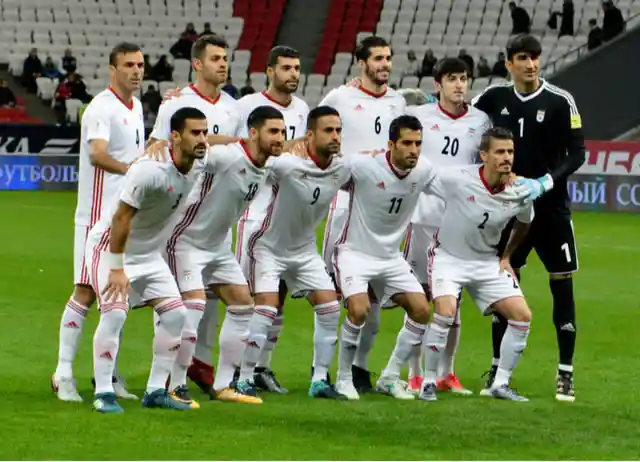
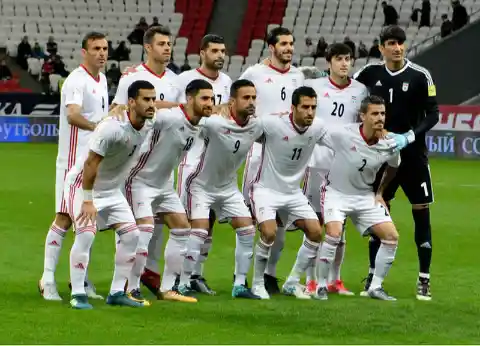
It is one of the most successful national teams in Asia. Former footballer, Ali Daei from Iran, is currently the world's all-time leading goalscorer in men's international matches.